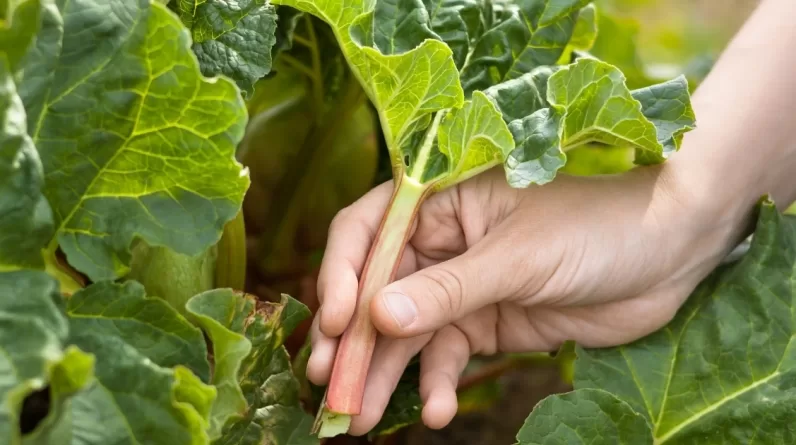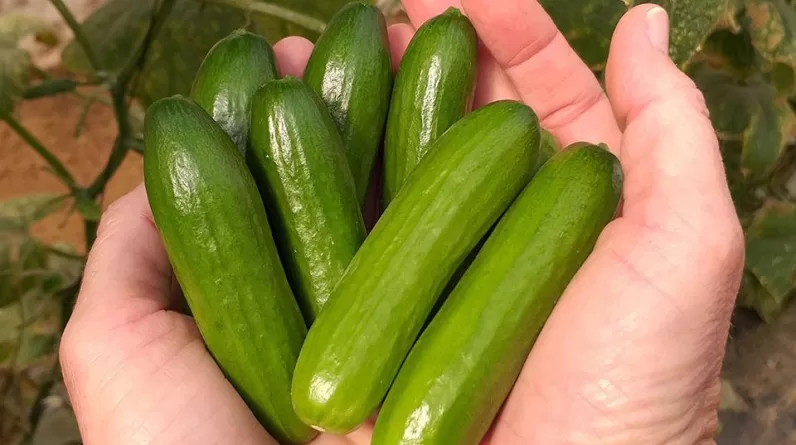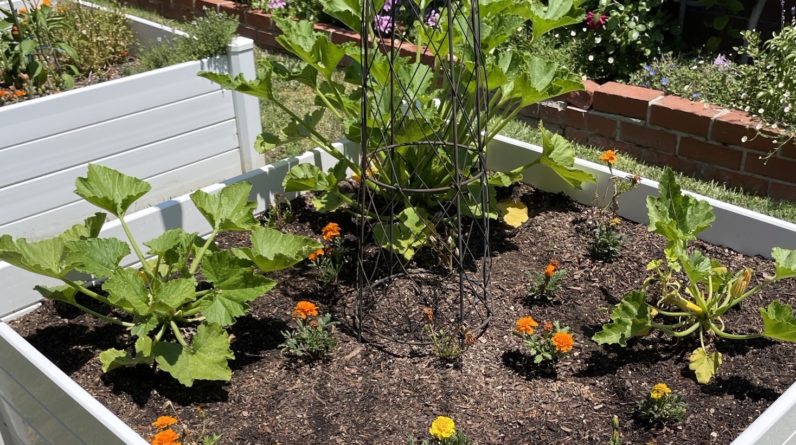How to Fill a Raised Vegetable Garden Bed
Hey there, fellow garden enthusiasts! Are you ready to learn how to fill a raised vegetable garden bed like a pro? Well, you’re in luck because here are some tips and tricks that will help you get the most out of your garden beds. There are many ways to fill a raised garden bed for vegetables. The video shows one way, below you will learn another.
First things first, let’s talk about the benefits of raised garden beds. Raised beds are great for growing vegetables because they provide better drainage, warmer soil, and less strain on your back. Plus, they can be built anywhere, even on top of concrete or other hard surfaces.
Now, let’s get to the nitty-gritty of filling those raised beds. The first thing you’ll need is some good quality soil. You can either buy pre-made soil or make your own by mixing equal parts of compost, topsoil, and sand. This will ensure that your plants have all the nutrients they need to grow strong and healthy.
Next, you’ll want to add some organic matter to your soil. This can come in the form of compost, manure, or even shredded leaves. Organic matter will help improve soil structure, increase soil fertility, and retain moisture. Be sure to mix it in well with your soil.
After you’ve added organic matter, it’s time to add some amendments to your soil. This can include things like lime, sulfur, or bone meal. These amendments will help balance the pH of your soil and provide essential nutrients to your plants.
Now that you’ve got your soil all prepped and ready to go, it’s time to fill up those raised beds. Start by adding a layer of gravel or rocks to the bottom of your bed. This will help with drainage and prevent your soil from becoming waterlogged.
Next, add a layer of cardboard on top of the rocks. This will act as a weed barrier and prevent any pesky weeds from sprouting up in your garden bed.
Now, it’s time to add your soil. Fill up your bed with your prepped soil mixture, being sure to leave a little bit of space at the top for planting.
Finally, it’s time to plant your vegetables! Be sure to choose plants that are well-suited to your climate and soil type. And don’t forget to water your plants regularly and give them plenty of sunlight. In conclusion, filling raised vegetable garden beds is a simple process that can be done by anyone. With a little bit of prep work and some good quality soil, you’ll be well on your way to growing delicious and healthy vegetables.







